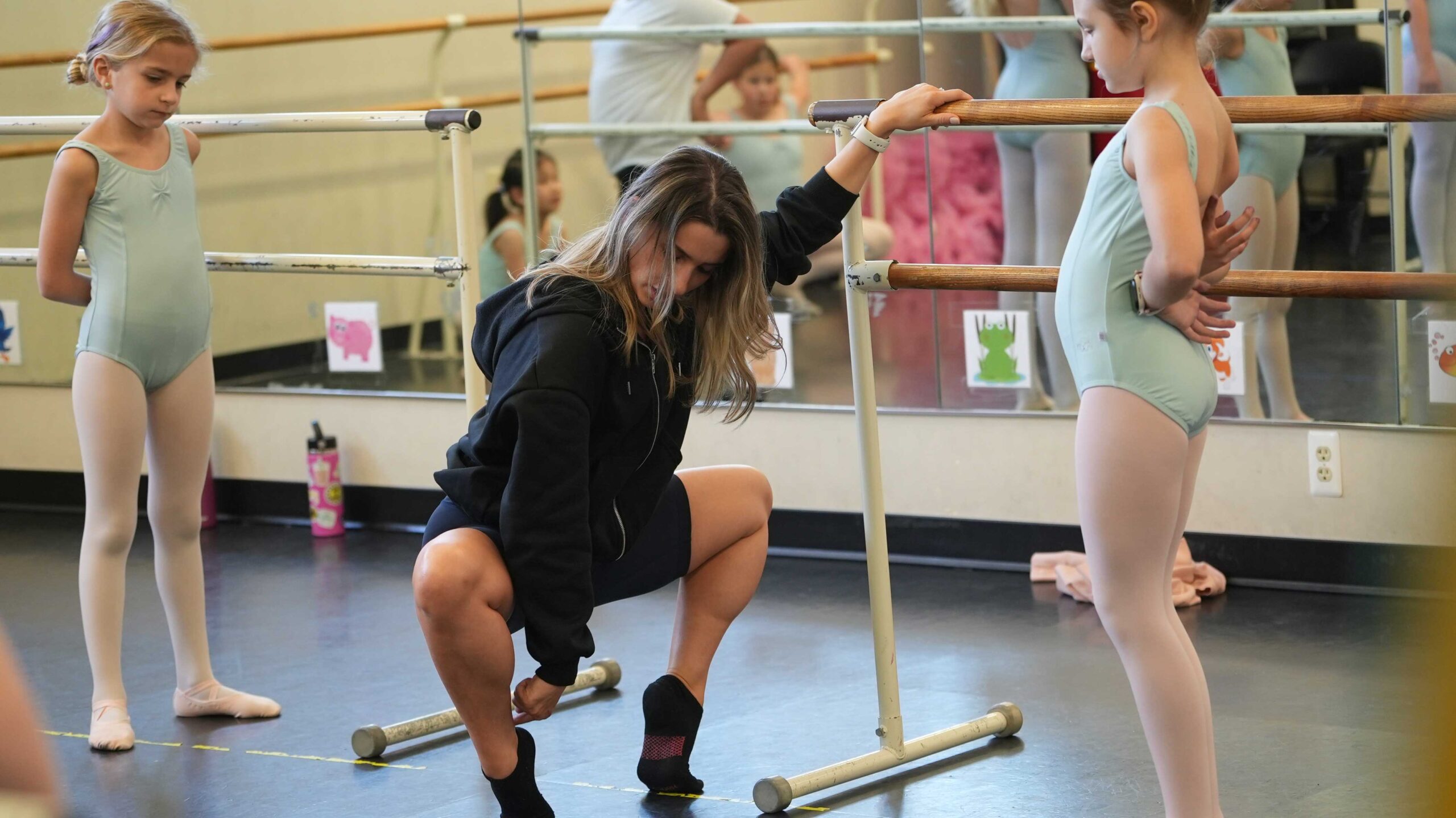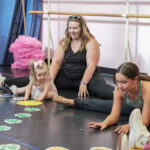What to Expect in Your Child’s First Ballet Class
Enrolling your child in ballet is an exciting milestone, but it’s natural to have questions about what the experience will be like. Understanding what to expect in your child’s first ballet class can help ease any nerves and ensure that both you and your dancer are prepared for this new journey. At NorthPointe Dance Academy, we aim to make every child’s introduction to ballet a positive and enriching experience. Here’s a comprehensive guide to what you and your child can expect in their first ballet class.
Preparing for Your Child’s First Ballet Class
Before stepping into the studio, it’s essential to have the right attire. Most ballet schools, including NorthPointe Dance Academy, require proper ballet attire, including a leotard, tights, ballet slippers, and a neatly styled bun or secured hair. This not only helps students feel part of the dance environment but also allows instructors to observe body alignment and technique. Ensuring that your child arrives dressed appropriately and with the necessary dancewear will help them feel confident and ready to participate.
It’s also helpful to talk with your child about what to expect. Let them know that their first ballet class will include fun exercises, music, and new friends. If they’re feeling nervous, reassure them that everyone in class is learning together and that the instructor will guide them every step of the way.
The Structure of a First Ballet Class
A well-structured class provides a balance of instruction, movement, and fun. Your child’s first ballet class will typically begin with a warm-up, which may include gentle stretching and basic exercises to prepare their muscles. This helps develop flexibility, coordination, and balance.
After warming up, the class will likely move to the ballet barre. Here, dancers will practice fundamental movements such as pliés, tendus, and relevés. The barre provides stability as students learn proper form and technique. Instructors will encourage young dancers to listen to the music and move with control and precision.
The next portion of the class usually takes place in the center of the studio, where children practice steps without the support of the barre. They may work on simple jumps, basic turns, and traveling movements across the floor. This part of your child’s first ballet class allows them to develop coordination and musicality while building confidence in their movements.
Learning Basic Ballet Terms and Etiquette
Ballet comes with its own unique terminology, and your child’s first ballet class will introduce some of these essential terms. Words like “plié” (to bend), “tendu” (to stretch), and “échappé” (to escape) will become familiar as they progress in their training. Instructors will use these terms in a fun and engaging way, helping young dancers associate movement with vocabulary.
Ballet etiquette is also an important part of the experience. Children will learn to listen attentively, follow instructions, and show respect to their instructor and classmates. Clapping at the end of class is a common way to show appreciation for their teacher and peers, fostering a sense of camaraderie and discipline.
Encouraging Confidence and Fun
While ballet requires structure and focus, your child’s first ballet class should also be an enjoyable and exciting experience. Instructors use games, storytelling, and creative movement to keep young dancers engaged. They may imagine they are floating like a butterfly, tiptoeing like a cat, or leaping over puddles to make learning ballet movements more interactive and fun.
Parents can encourage their child’s enthusiasm by asking about their favorite part of class and praising their efforts. Even if they don’t get every step right on the first try, what matters most is that they are having fun and developing a love for dance.
Addressing First-Class Jitters
It’s completely normal for some children to feel shy or uncertain in their first ballet class. Some may hesitate to participate at first, while others may jump in with excitement. If your child is feeling nervous, reassure them that it’s okay to take their time adjusting. Instructors are experienced in working with young dancers and will gently encourage them to participate at their own pace.
Parents can also help by maintaining a positive attitude. Avoid pressuring your child to be perfect, and instead, celebrate their willingness to try something new. Over time, their confidence will grow, and they will feel more comfortable in the class setting.
What Comes Next After the First Ballet Class?
After your child’s first ballet class, they may come home excited to show off their new moves. Encouraging them to practice simple exercises at home, such as pointing their toes or stretching, can reinforce what they learned in class.
If they enjoyed the experience, consider enrolling them in a regular ballet program to continue their growth. As they progress, they will build strength, coordination, and confidence, gaining a deeper appreciation for dance.
A Memorable First Step in Dance
Your child’s first ballet class is the beginning of a wonderful journey filled with learning, movement, and self-expression. By understanding what to expect, preparing them for class, and supporting them along the way, you can ensure that their first experience is a positive one.
At NorthPointe Dance Academy, we are dedicated to making every child’s ballet journey special. If you’re ready to introduce your little one to the magic of ballet, contact us today to learn more about our beginner classes and programs.





